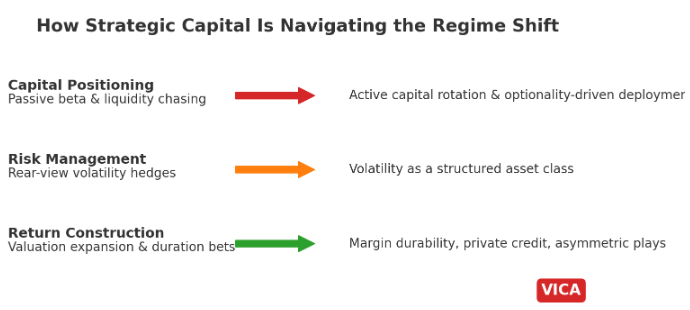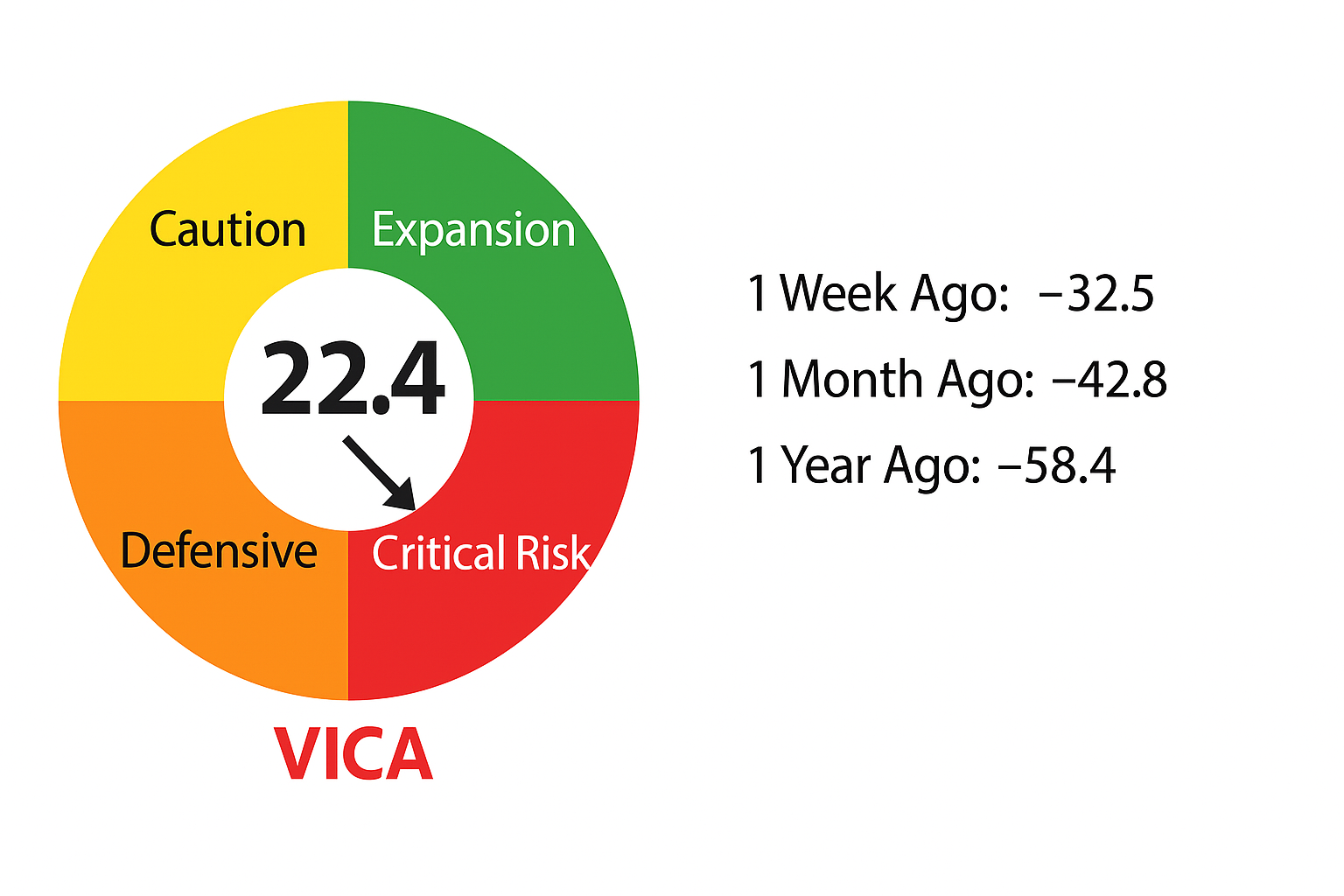Stay Informed and Stay Ahead: Market Watch, August 9, 2024
Investment Strategies: Maximizing Returns with Advanced Techniques
Experieced investors leverage advanced data science techniques to discover high-value opportunities by comparing company performance with major indexes. Below is an expanded analysis that integrates detailed visual charts procedures to illustrate these strategies.
Relative Strength Analysis
Example: NVIDIA (NVDA) vs. NASDAQ-100
Graphic Description: Relative Strength Chart
- Chart Details: Compare NVIDIA’s stock performance with the NASDAQ-100 Index. The chart displays NVIDIA’s price movements alongside the NASDAQ-100, with a Relative Strength Index (RSI) overlay.
- Visual Elements:
- Line graph showing NVIDIA’s stock price vs. NASDAQ-100 Index.
- RSI indicator below the main graph.
- Highlighted areas showing NVIDIA’s outperformance and underperformance.
Interpretation:
- Example: If NVIDIA’s RSI consistently exceeds X, it may indicate overbought conditions, signaling potential strategic entry or exit points based on momentum trends.
Beta Analysis
Example: Tesla (TSLA) vs. S&P 500
Graphic Description: Beta Comparison Chart
- Chart Details: Illustrate Tesla’s price volatility relative to the S&P 500 Index. This chart includes Tesla’s beta coefficient and highlights its volatility compared to the broader market.
- Visual Elements:
- Line graph comparing Tesla’s stock price vs. S&P 500.
- Beta coefficient displayed as a separate indicator or within the graph.
- Highlight periods of high volatility.
Interpretation:
- Example: A high beta value shows Tesla’s price swings are more volatile. This can guide investors in exploring options strategies or adjusting leverage to manage risk.
Cointegration Analysis
Example: Apple (AAPL) vs. S&P 500
Graphic Description: Cointegration Chart
- Chart Details: Show the historical price movements of Apple and the S&P 500 with a regression line to illustrate their long-term relationship.
- Visual Elements:
- Line graph of Apple’s and S&P 500’s historical prices.
- Regression line showing long-term relationship.
- Marked deviations from the regression line.
Interpretation:
- Example: Deviations from the regression line can signal potential undervaluation or overvaluation, suggesting investment opportunities based on historical patterns.
Regression Analysis
Example: Microsoft (MSFT) vs. NASDAQ-100
Graphic Description: Regression Analysis Chart
- Chart Details: Plot Microsoft’s returns against the NASDAQ-100 returns, including a regression line to highlight correlation strength.
- Visual Elements:
- Scatter plot of Microsoft’s returns vs. NASDAQ-100 returns.
- Regression line indicating correlation strength.
- Annotations for significant deviations.
Interpretation:
- Example: A strong positive correlation indicates Microsoft’s stock closely tracks the NASDAQ-100. Relative underperformance may highlight long-term value opportunities.
Factor Models
Example: Amazon (AMZN) vs. Market Factors
Graphic Description: Factor Model Chart
- Chart Details: Display Amazon’s performance relative to key market factors such as size, momentum, and volatility. Factor loadings are included to illustrate Amazon’s stock reactions to these factors.
- Visual Elements:
- Bar or line chart showing Amazon’s performance against different factors.
- Factor loadings displayed as annotations or in a separate chart.
- Performance metrics and factor comparisons.
Interpretation:
- Example: Strong momentum but weak size performance might suggest sector-specific investments or adjustments to portfolio allocations.
Machine Learning Models
Example: Netflix (NFLX) vs. S&P 500
Graphic Description: Machine Learning Predictive Chart
- Chart Details: Compare actual stock prices with machine learning forecasts for Netflix, highlighting prediction accuracy and potential trading opportunities.
- Visual Elements:
- Line graph comparing actual vs. forecasted prices.
- Prediction intervals and accuracy metrics.
- Annotations for significant forecast deviations.
Interpretation:
- Example: Significant deviations between forecasted and actual prices may indicate emerging opportunities or risks, guiding tactical trading decisions.
Current scenerios we have observed based on advanced analysis techniques
- NVIDIA (NVDA): The Relative Strength Chart shows robust outperformance. Consider long positions or strategic trades based on continued tech advancements.
- Tesla (TSLA): The Beta Comparison Chart highlights significant volatility. High-risk investors might explore options strategies to leverage Tesla’s price swings.
- Apple (AAPL): The Cointegration Chart reveals deviations from historical norms, suggesting potential undervaluation or overvaluation opportunities.
- Microsoft (MSFT): The Regression Analysis Chart indicates relative underperformance. Evaluate long-term value opportunities based on fundamental strength.
- Amazon (AMZN): The Factor Model Chart suggests strong momentum but weak size performance, guiding sector-specific investments.
- Netflix (NFLX): The Machine Learning Predictive Chart reveals significant forecast deviations, offering potential trading opportunities based on predicted trends.
Conclusion
Advanced data science techniques and detailed chart analyses are essential tools for expert investors seeking to navigate complex market dynamics. By leveraging these methods and interpreting current examples, investors can uncover high-value opportunities and optimize their strategies. Stay informed, use detailed charts, and make independent, data-driven decisions to stay ahead of the market.



